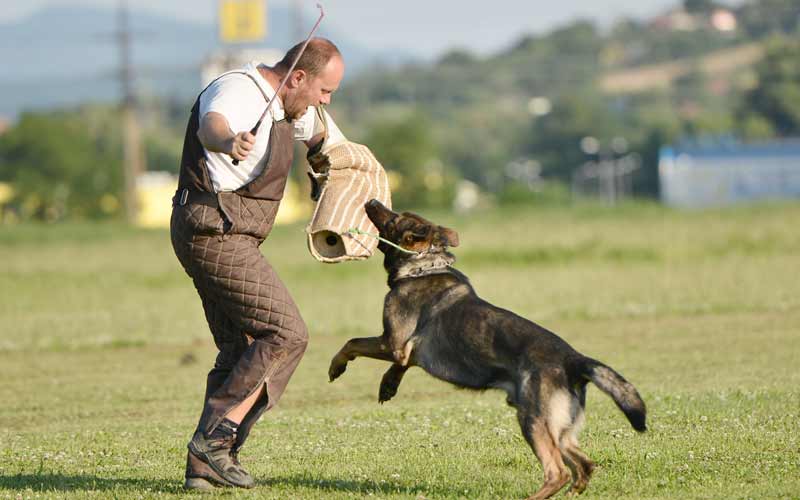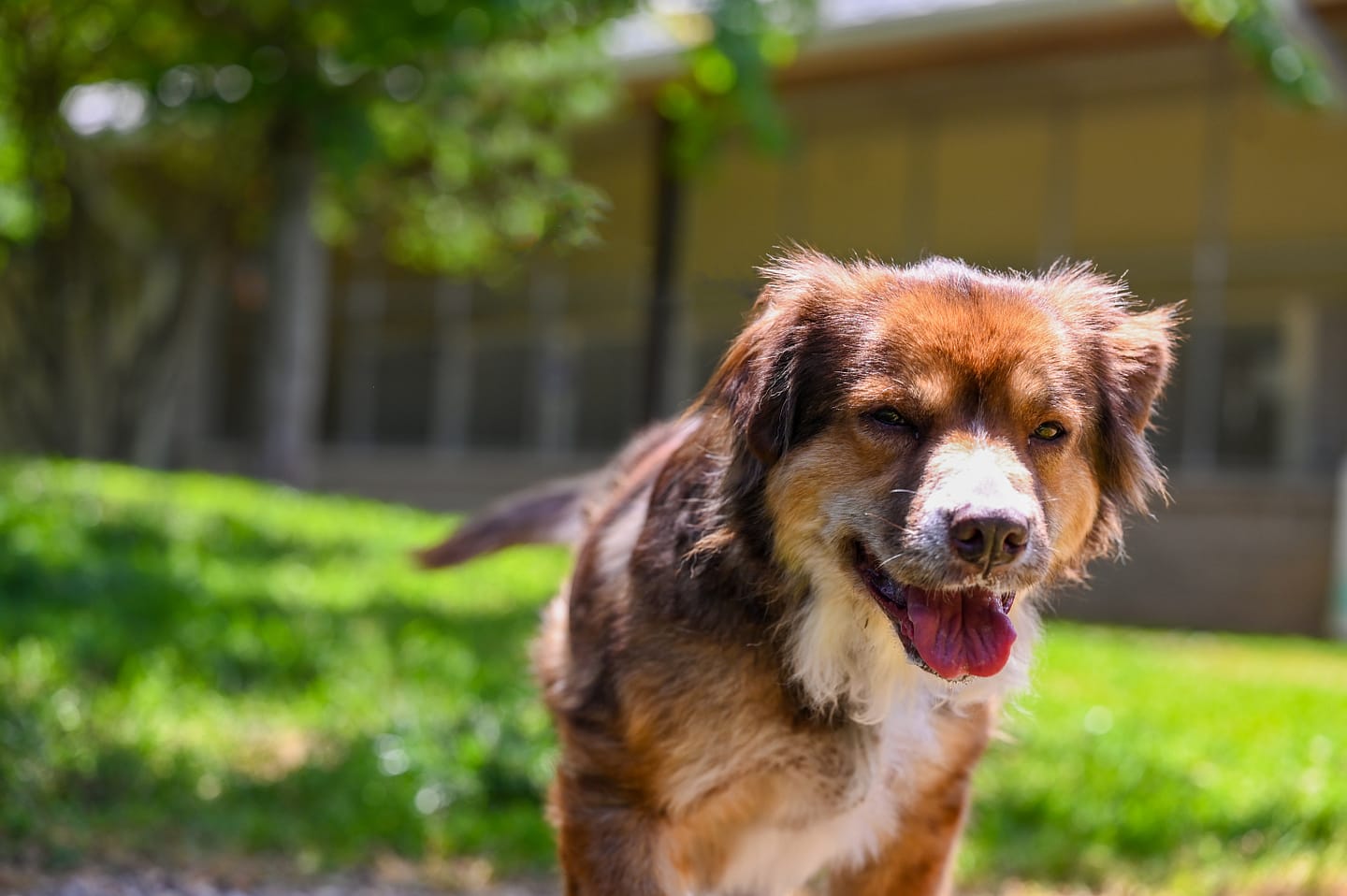Recognizing Canine Body Language During Dog Training
Recognizing Canine Body Language During Dog Training
Blog Article
Vital Tips for Successful Dog Training: A Guide for Pet Dog Owners
Reliable pet dog training is a multifaceted procedure that requires a strategic technique customized to both the pet's personality and the owner's goals. Trick parts such as establishing regular commands, utilizing positive reinforcement, and facilitating very early socialization play essential roles in cultivating a well-adjusted canine companion. Nevertheless, many pet proprietors experience obstacles that can hinder development, leading to aggravation and uncertainty. Recognizing exactly how to browse these barriers can considerably improve the training experience, eventually transforming the partnership between proprietor and pet. What are the necessary techniques that can be utilized to ensure success in this undertaking?
Understanding Canine Habits
Understanding canine behavior is essential for effective training and cultivating an unified partnership between canines and their proprietors. Pet dogs communicate mainly with body language, articulations, and actions, making it important for proprietors to translate these signals accurately. Acknowledging a pet's pose, tail setting, and ear positioning can give understandings right into its emotional state. A wagging tail does not constantly suggest happiness; it can likewise indicate excitement or stress and anxiety.

Socialization plays a significant duty in pet dog habits; direct exposure to numerous settings, individuals, and various other animals can substantially impact a canine's personality. Furthermore, factors such as type features and individual character should direct training techniques, as some types may have details behavior qualities that demand tailored approaches. By comprehending these components, owners can develop a helpful setting that urges positive actions, bring about effective training results and a much deeper bond with their pet dogs.
Developing Constant Commands
Effective interaction with your canine begins with developing regular commands. This foundational element of training is crucial for promoting understanding between you and your animal. Uniformity in the commands you make use of makes sure that your pet can dependably link details words or expressions with the preferred habits.
When choosing commands, pick clear, unique words that are simple to distinguish and state from each other. Stay clear of making use of similar-sounding commands that might perplex your canine. For instance, utilizing "sit" and "stay" is ideal, but "sit" and "hit" might result in misunderstandings.
In addition, keep the same tone and quantity for every command. Pet dogs are sensitive to singing cues, so varying your tone can develop confusion.
It is just as crucial to make sure that all relative are on the exact same web page concerning the commands utilized. A united front in command use will certainly stop blended signals and reinforce the learning procedure.
Positive Support Techniques
The power of favorable reinforcement in pet training depends on its ability to urge desired habits through benefits and praise. This method is based in the concept that actions complied with by positive outcomes are much more likely to be repeated. By incorporating favorable support into your training program, you can effectively form your pet's actions in a positive way.
To implement positive reinforcement, it's vital to identify what encourages your canine, whether it be deals with, toys, or spoken appreciation. When your canine does a wanted action, such as sitting on command, promptly compensate them with a reward or affection. This organization between the command and the favorable end result strengthens their understanding.
It's crucial to timing the benefits appropriately; supplying the support within seconds of the preferred behavior aids your pet make the connection (dog training). In addition, consistency is key-- make certain that all family members utilize the exact same commands and reward systems to avoid complication

Slowly, you can decrease the regularity of deals with as your dog finds out the behavior, transitioning to applaud or recurring incentives. This technique not only promotes a strong bond in between you and your canine yet likewise promotes a positive understanding environment, making educating a pleasurable experience for both.
Socialization and Communication
Constantly subjecting your pet to a range of atmospheres, individuals, and other pets is critical for their social development. Socialization ought to start early, preferably throughout the important window of 3 to 14 weeks, when puppies are most responsive to new experiences. Older canines can also profit from continuous socializing efforts.
Introduce your canine to different settings, such as parks, pet-friendly stores, and urban areas. This direct exposure aids them adapt to different stimulations, decreasing stress and anxiety and worry reactions. Motivate positive communications with other dogs and individuals, making sure that these encounters are controlled and safe to promote confidence.
Use structured playdates with well-mannered pets, as this can enhance your pet's social abilities and educate them suitable behavior. Obedience courses and training sessions also offer exceptional chances for socialization, permitting your pet dog to engage with others in a monitored environment.
Monitor your canine's body movement during interactions, as this will certainly help you evaluate their convenience degree. Slowly boost direct exposure to even more tough circumstances while making certain that each experience is favorable. A well-socialized pet dog is a lot more likely to display balanced actions, making them a joy to have in any type of setup.
Dealing With Common Training Challenges
Every canine proprietor will certainly come across training challenges eventually, no matter their pet dog's age or socializing level. Recognizing common concerns such as stubbornness, diversions, and fearfulness can aid in establishing reliable approaches for enhancement.

Progressively present diversions as the canine becomes more proficient in commands. Short, regular training sessions are explanation additionally reliable in preserving interest.
Terror can prevent a dog's learning procedure. Steady desensitization to the source of worry, coupled with favorable reinforcement, can aid alleviate anxiety. Perseverance is crucial; never force a pet dog into a situation that creates distress, as this might intensify the issue.
Inevitably, understanding and dealing with these common obstacles with an organized technique will promote a much more productive training experience, strengthening the bond between dog and proprietor while advertising effective understanding.
Final Thought
In recap, successful pet training relies upon an extensive understanding of canine habits, the facility of consistent commands, and the application of positive reinforcement strategies. Socializing plays an important role in official statement developing well-adjusted family pets, while addressing typical training challenges requires patience and versatility. By executing these important strategies, pet dog owners can promote a strong bond with their dogs and promote desirable behaviors, ultimately leading to an unified partnership in between people and their canine companions.
Recognizing canine behavior is vital for effective training and promoting a harmonious partnership between pooches and their proprietors.Socializing plays a substantial role in dog behavior; exposure to numerous settings, individuals, and other pets can significantly impact a canine's temperament.The power of favorable support in canine training lies in why not find out more its capability to urge preferred behaviors via rewards and praise. By integrating positive reinforcement into your training routine, you can effectively form your pet dog's actions in a positive fashion.
In recap, effective pet dog training depends on an extensive understanding of canine habits, the establishment of consistent commands, and the application of positive reinforcement methods.
Report this page